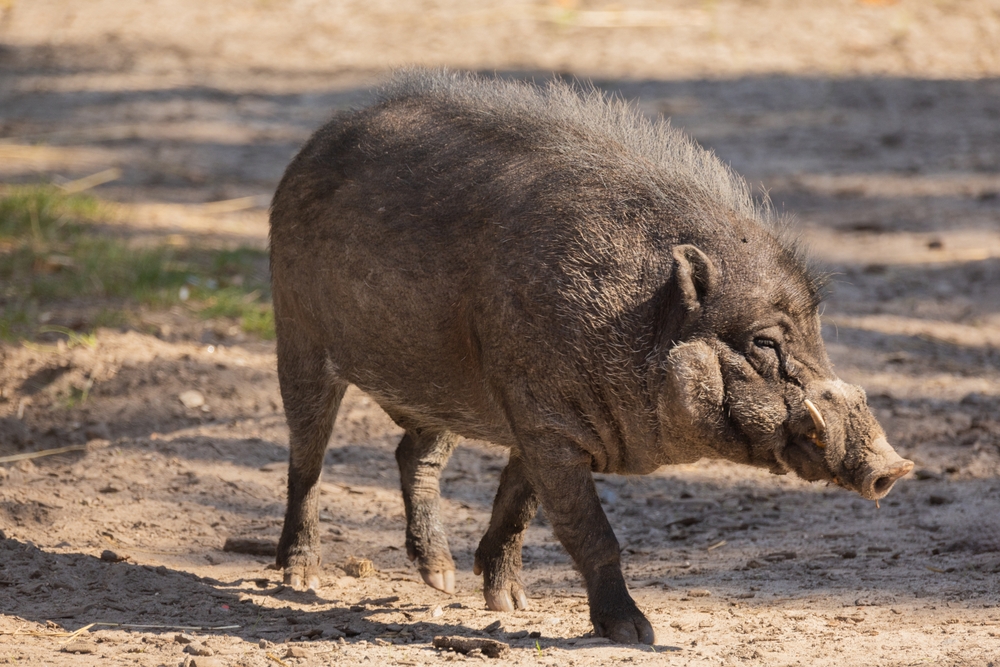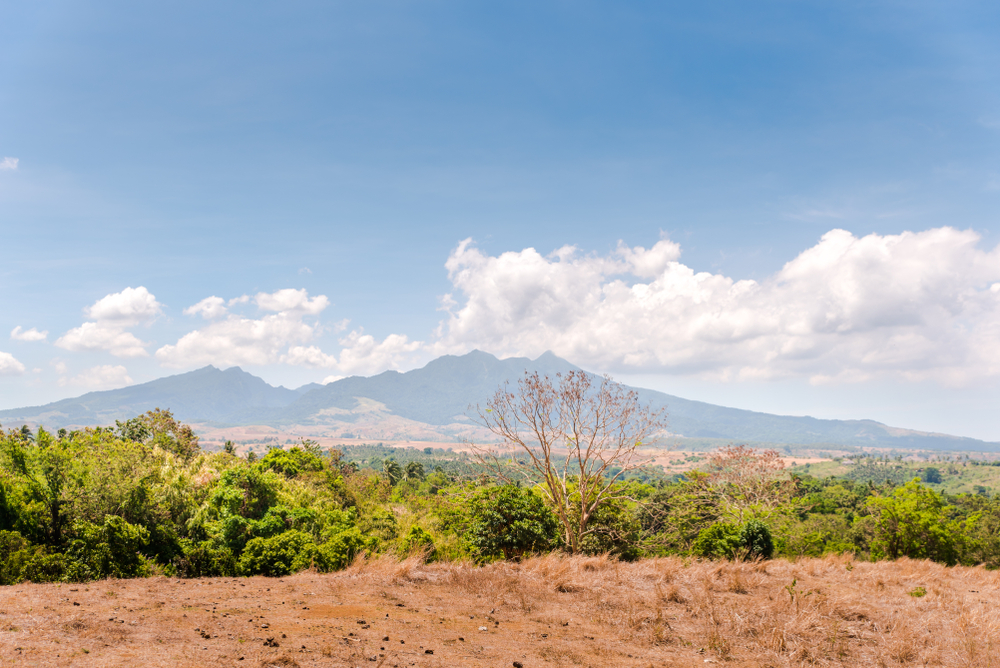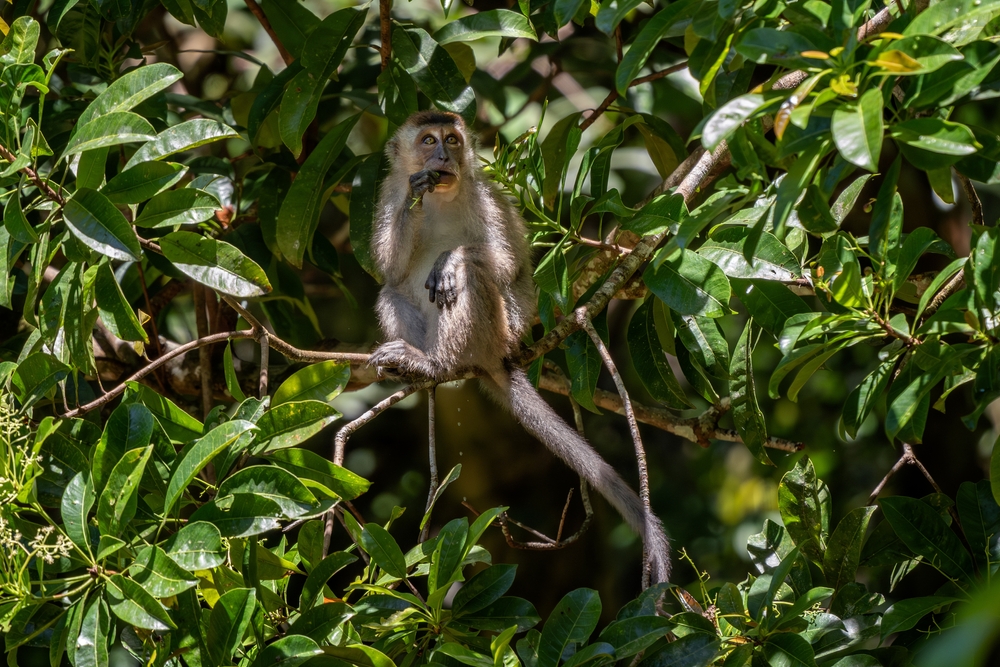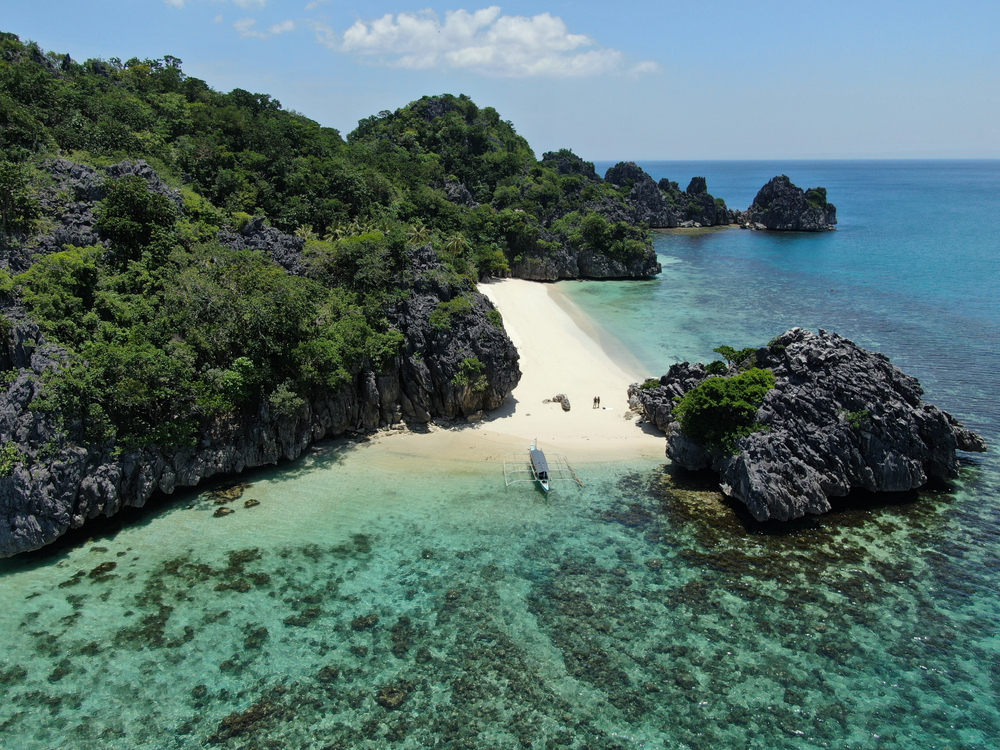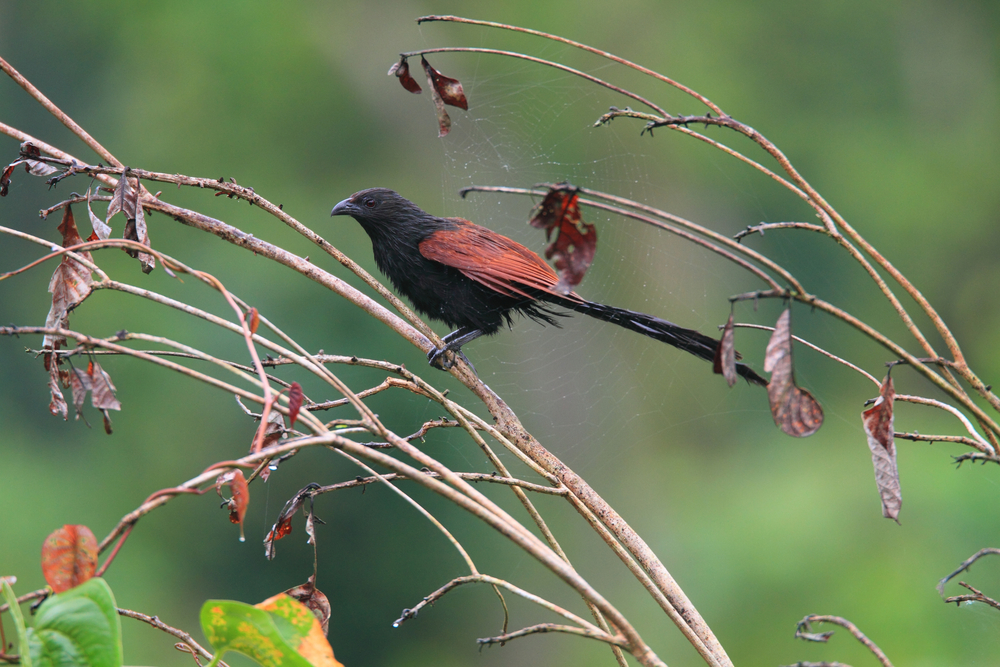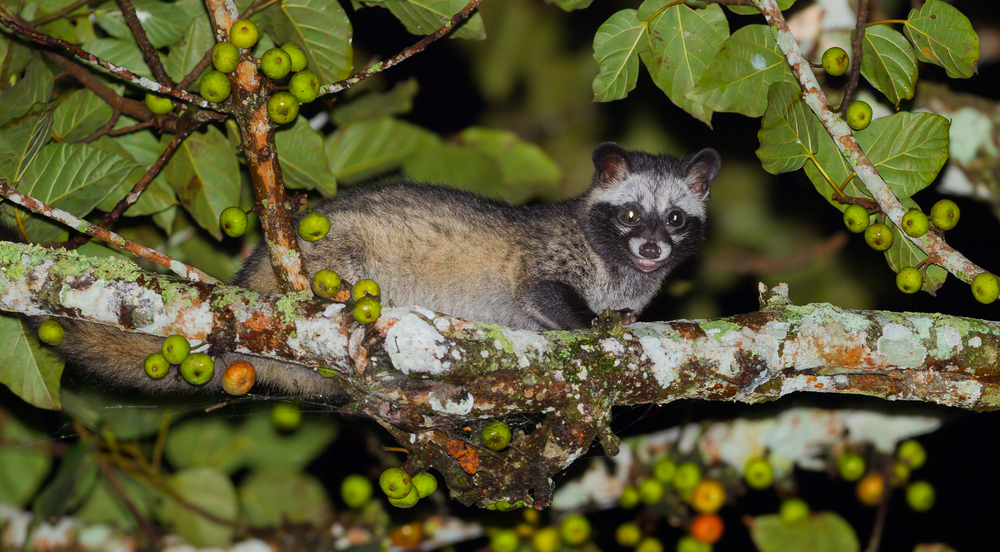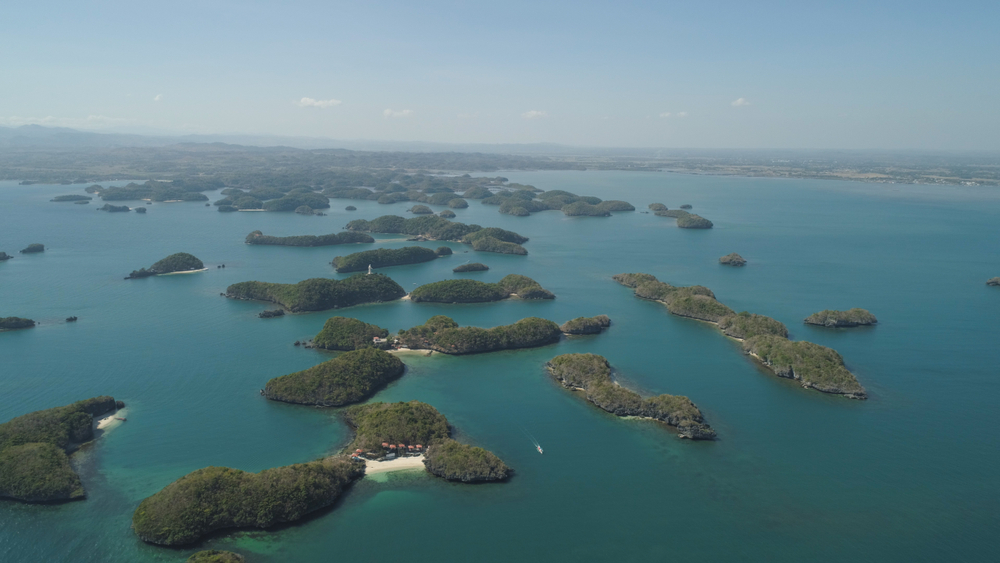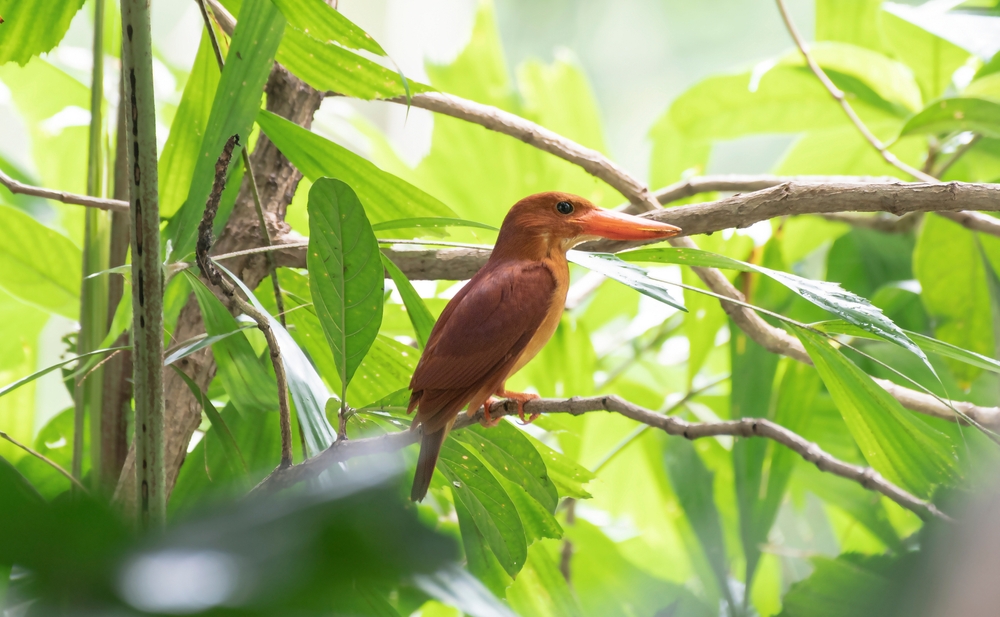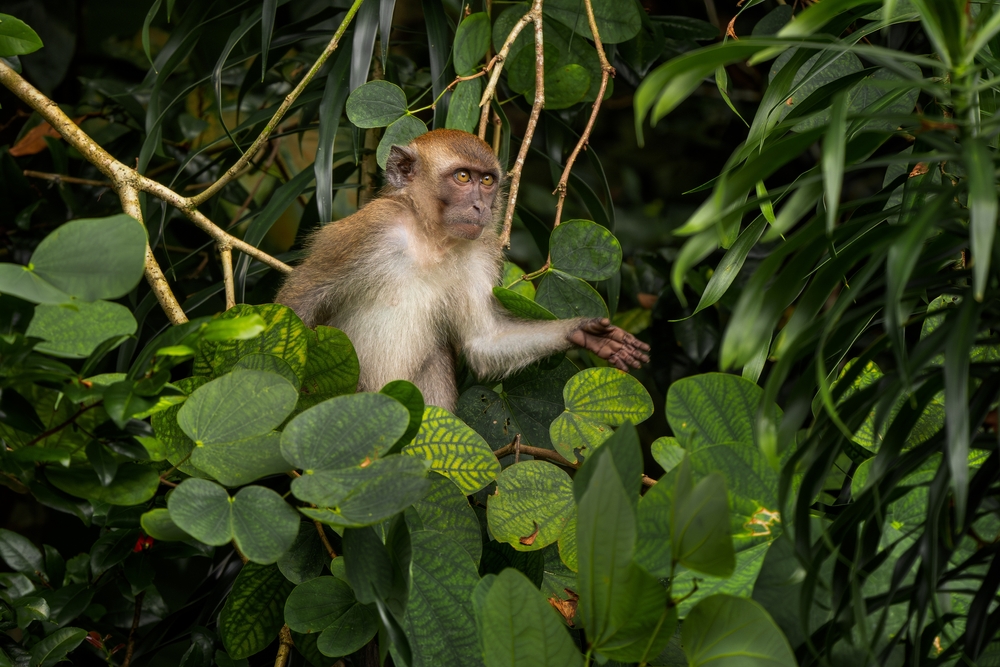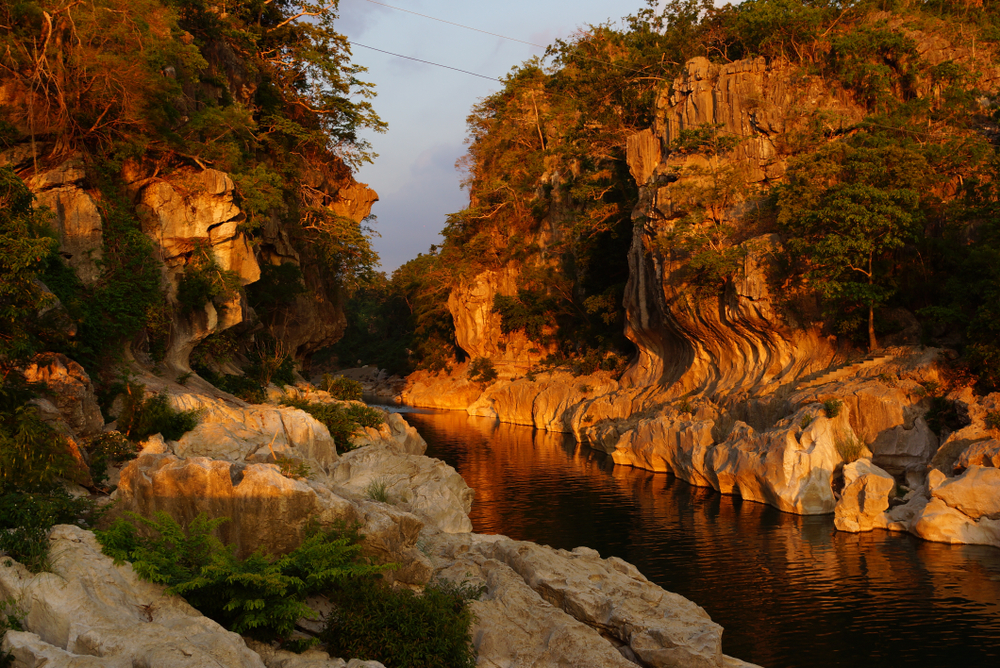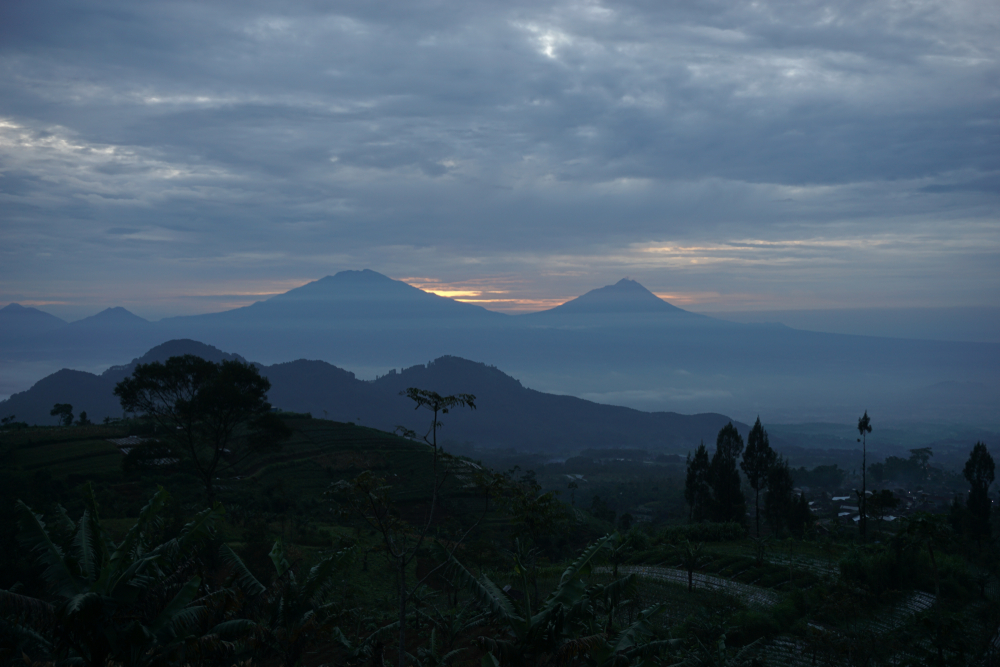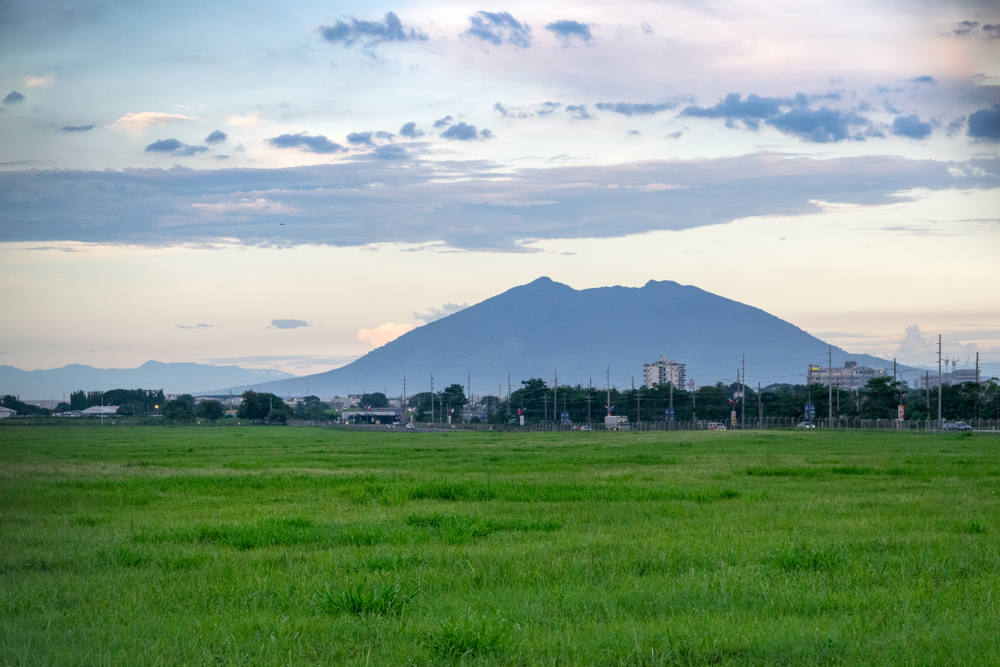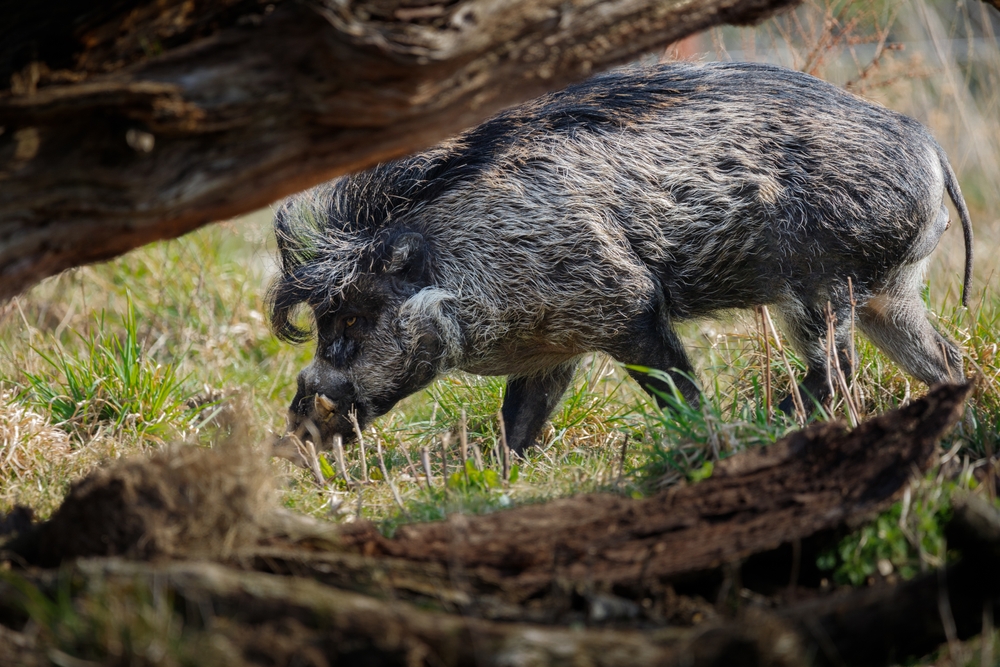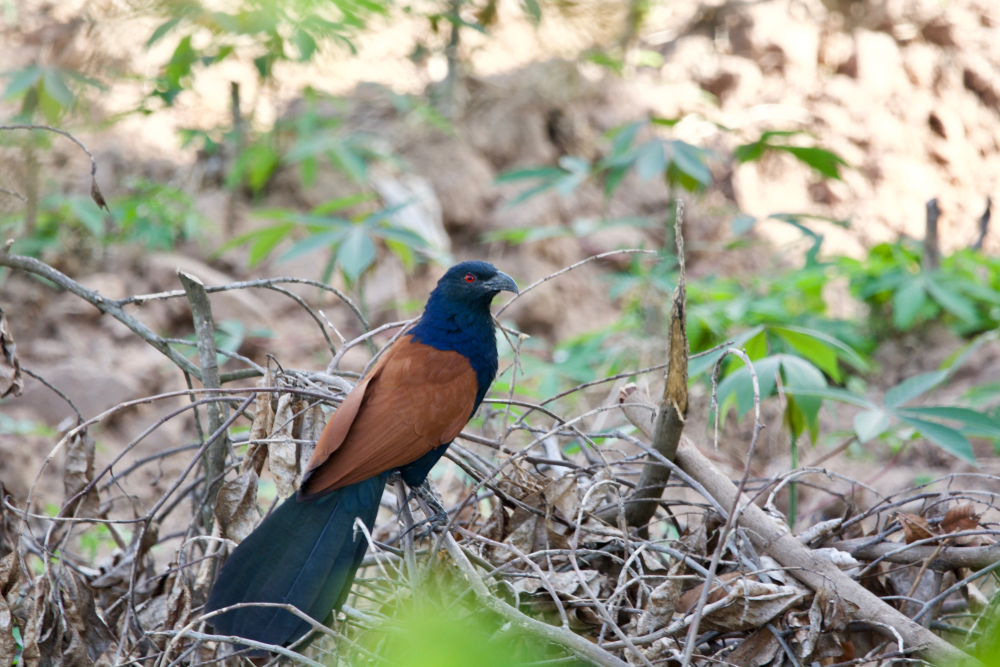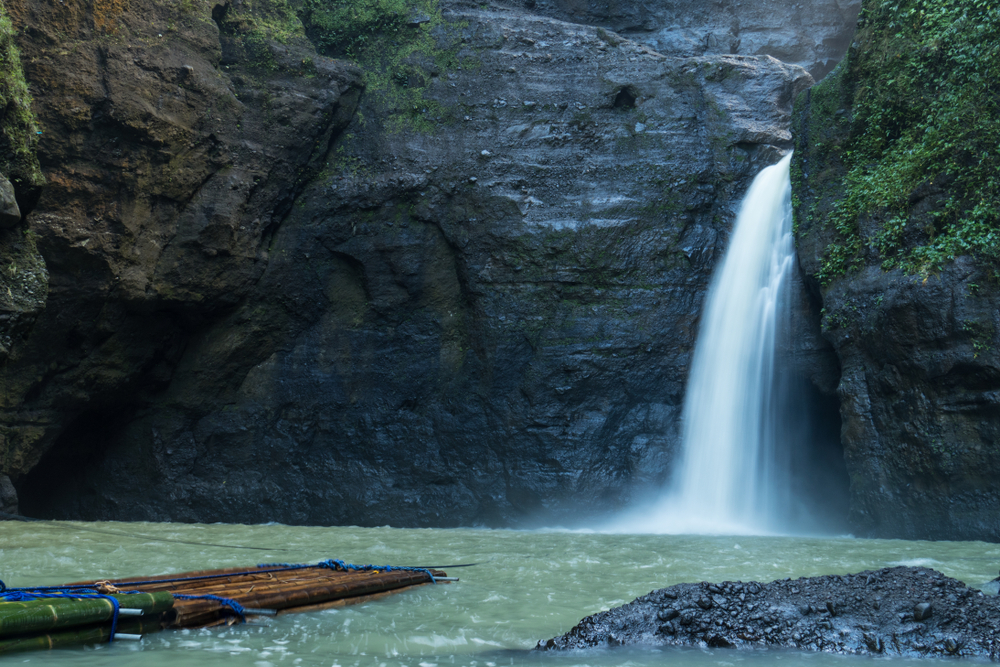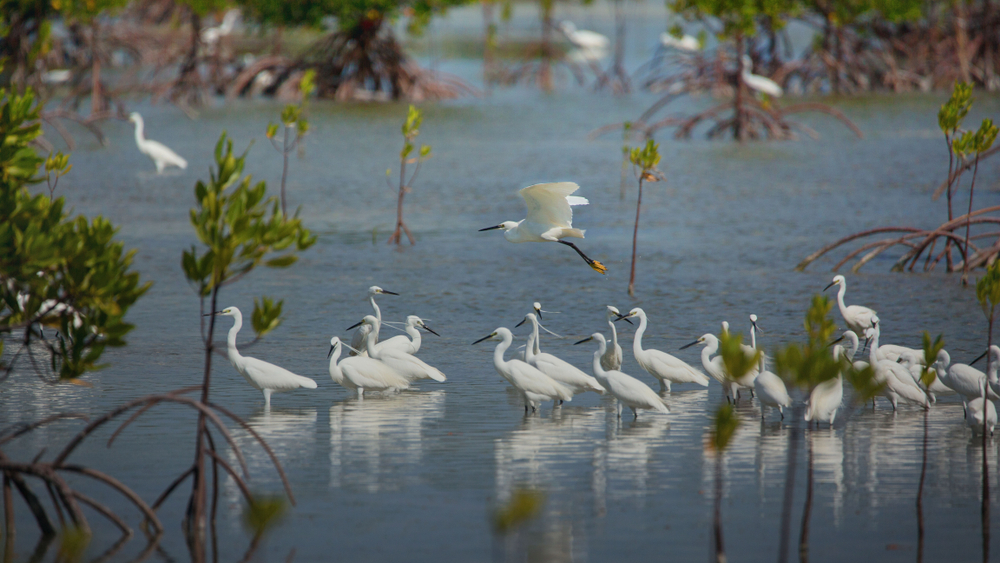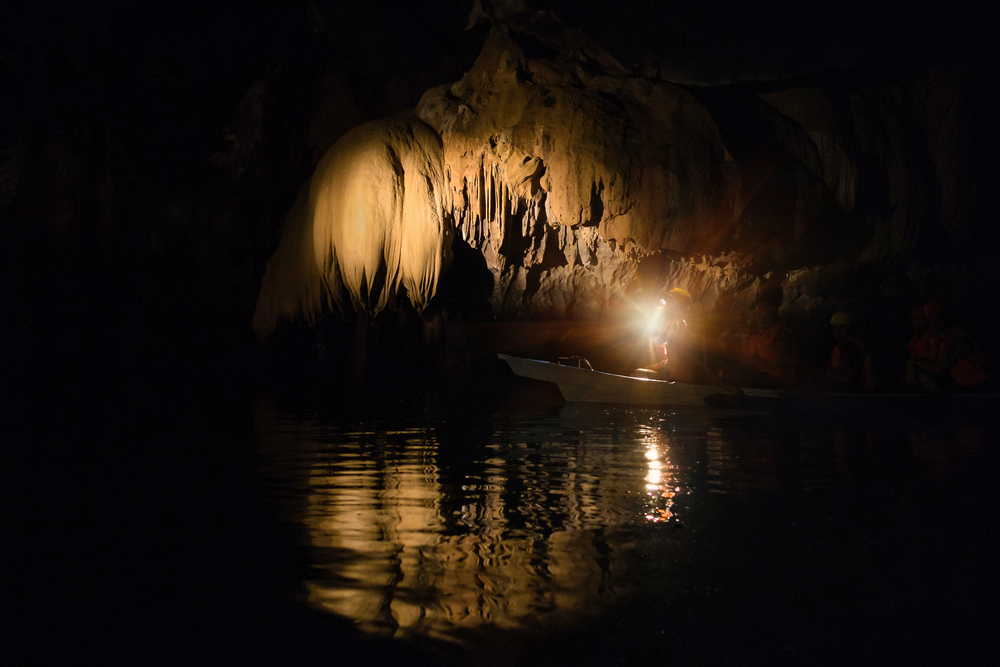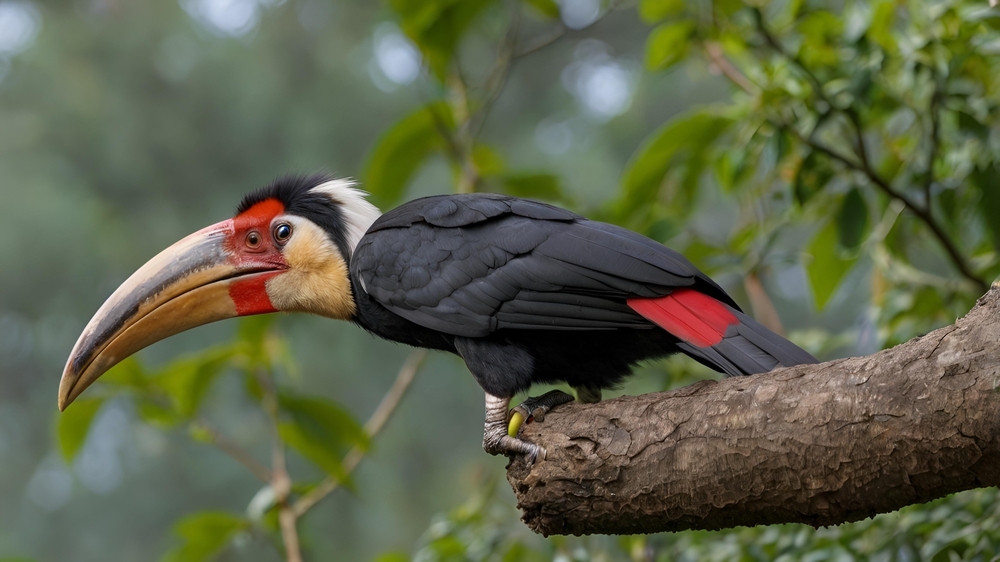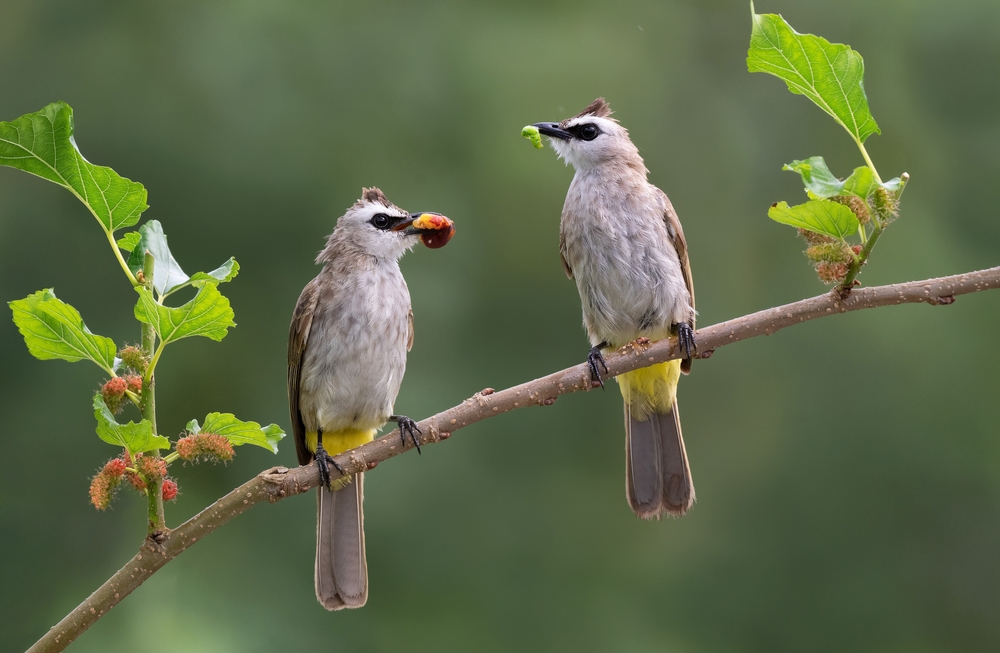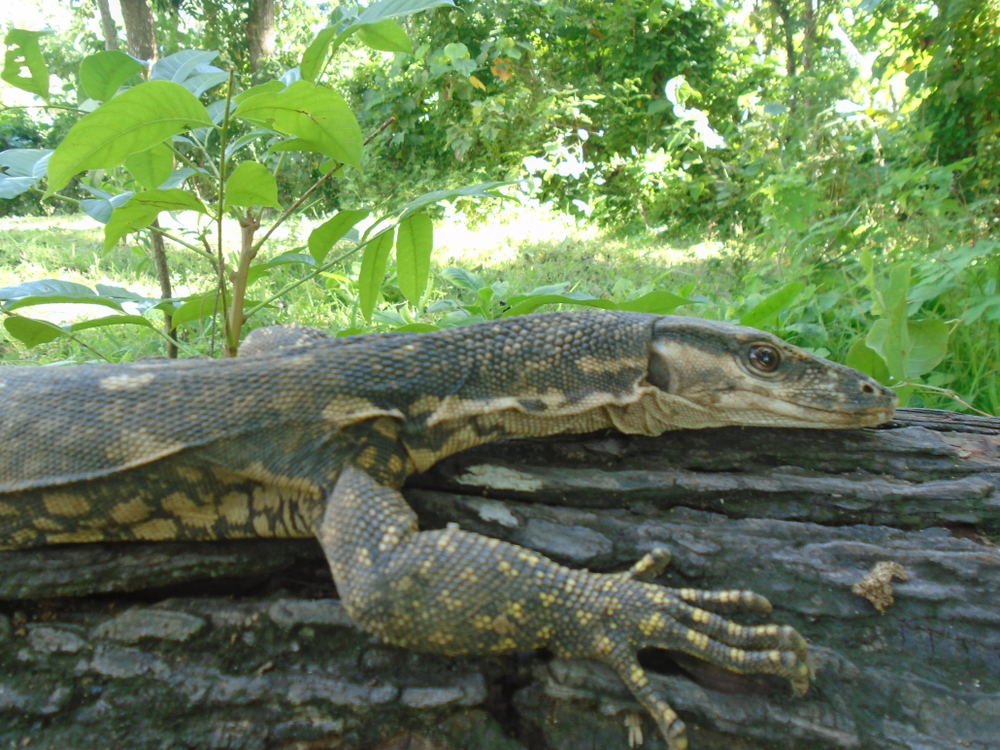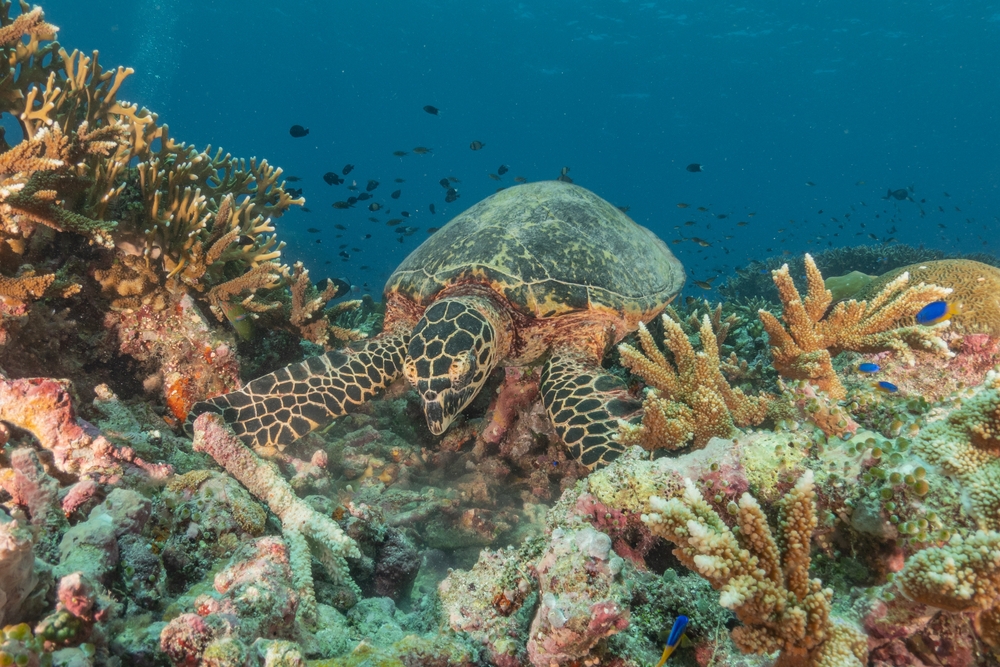The Philippines is home to a rich tapestry of biodiversity and ecological treasures, with 39 officially designated national parks spread across its more than 7,000 islands. These parks represent a striking range of ecosystems, from lush rainforests and mountainous highlands to coral-rich marine areas and volcanic landscapes. The national parks of the Philippines not only protect a vast array of endemic flora and fauna but also serve as vital sanctuaries for ecological research, cultural heritage, and sustainable tourism. Due to the archipelagic nature of the country, each national park tends to reflect a unique combination of geographical and biological characteristics, making them especially diverse and significant.
Among the most celebrated parks is Tubbataha Reefs National Park, a UNESCO World Heritage Site located in the Sulu Sea. It is considered one of the world’s top diving destinations, hosting more than 600 species of fish, 360 species of coral, 11 species of sharks, and 13 species of dolphins and whales. The park’s remote location and stringent protective measures have helped maintain its pristine condition, although it still faces challenges from illegal fishing and climate-related coral bleaching.
Another standout is Mount Apo National Park, situated on Mindanao island. It is home to the Philippines’ highest peak, Mount Apo, which rises to 2,954 meters. The park features cloud forests, volcanic craters, and highland lakes, and is home to the critically endangered Philippine eagle, the country’s national bird. The rugged terrain and high elevation provide a habitat for rare and endemic plants and animals, and the park is a key destination for hikers and birdwatchers. Conservation efforts here have included habitat restoration and reforestation, though mining activities and encroachment remain persistent threats.
Puerto Princesa Subterranean River National Park, located on the island of Palawan, is famous for its underground river system that flows directly into the sea. A UNESCO World Heritage Site and one of the New 7 Wonders of Nature, it showcases spectacular limestone karst landscapes, cave systems, and rich forest ecosystems. It is also home to several bat and swiftlet species, and the surrounding forest supports biodiversity typical of Palawan’s unique biogeographic region. The park has been a model for ecotourism management, balancing environmental protection with community-based tourism initiatives.
Also noteworthy is Mounts Iglit–Baco National Park in Mindoro, known as the last stronghold of the critically endangered tamaraw, a dwarf buffalo found only on the island. Conservation programs here, including anti-poaching patrols and breeding initiatives, have shown promising signs of recovery for the tamaraw population.
Despite progress, national parks in the Philippines face ongoing conservation challenges such as deforestation, illegal logging, agricultural encroachment, and climate change. However, increased awareness, local community involvement, and partnerships between government and environmental NGOs have led to tangible conservation successes. National parks remain essential to the Philippines’ biodiversity and serve as living testaments to the country’s natural heritage and resilience.










































































